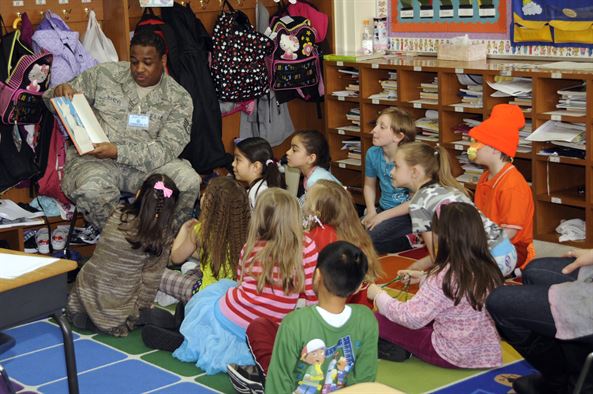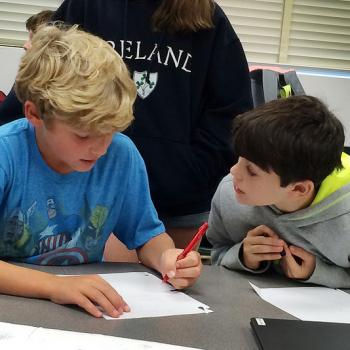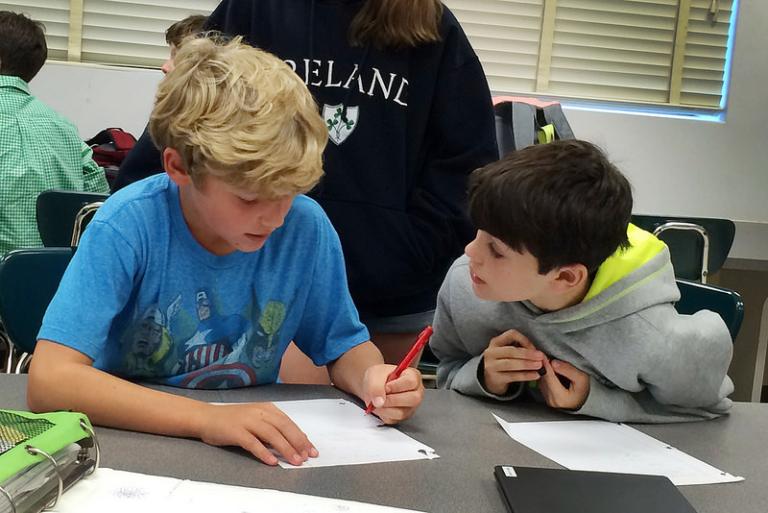
I’ve just started reading a library book, Boys Adrift, by Leonard Sax, which I will describe more thoroughly after I’ve finished it.
But I’ve written about multiple books now on the topic of boys struggling in and out of school, and girls pulling far ahead of them. Here, within the first couple pages, Sax observes that kindergarten has evolved into first grade, in terms of its academic expectations, and boys struggle accordingly, because they’re far less likely to be ready for academic learning and seatwork than girls are, at the age of 5. Hence, some boys are redshirted, beginning kindergarten at an age that would have been first-grade age in the past, and others start “on time” but either repeat the grade (my nephew attended Kindergarten, followed by Big Kindergarten, a special class for kids not ready for first grade, then first grade afterwards. . .).
And the standard practice in Europe is for academic learning to simply not begin until first grade, or whatever its equivalent is. In Germany, kindergarten was for ages 3 – 5, was clearly not school, and the oldest children had “preschool” while the younger ones napped; they practiced drawing lines in preparation for learning to write, and that was about it. In the Netherlands, according to The Dutch Do Everything Better Than We Do (actual title, The Happiest Kids in the World), school starts at kindergarten/preschool age, but there was no reading/writing instruction until roughly our first-grade age. In the UK, on the other hand — well, our son started first grade in the international school in Munich, which operated on a British model, and was “behind” from the start because the kids who’d been their from the start had already had several years worth of reading instruction, instruction which, surprisingly, was based on the “sight word” method rather than learning to sound out words, which we worked with him on at home instead with a Hooked on Phonics set which we had bought before we left the U.S.
If I think back to our kindergarten experiences in the U.S., well, there was definitely a mix of seatwork and play, though there were no real demands that they learn reading. My middle son brought home booklets with sight words every week, and had no interest in them, and didn’t learn any reading until first grade, but we were never really given the impression that he was behind or failing in some way. My youngest loved, loved his sight word booklets, because he liked feeling like he could read, even if it was just a single word with pictures filling in the rest of the text.
From what I’ve read, though, this is not the norm in the U.S. Perhaps this is wrong, and the complaints of children being given homework, or being expected to learn to read in kindergarten, are coming from a minority of schools, but what I’ve read repeatedly is the reverse, that this is the standard way that kindergartens operate in 2017. In fact, as reported in a critical 2015 Huffington Post article, linking to an Alliance for Children report, the Common Core standards demand that, by the end of kindergarten, children should be able to read — and, indeed, those standards demand that kindergartners know basic sight words, be able to sound out short, simple words, and “Read emergent-reader texts with purpose and understanding.”
So this is nuts. This is first-grade instruction, and, once those children have reached first-grade maturity, they are more likely to learn this quickly, and then move on to more complicated texts. But this as a demand for kindergartners is nonsensical.
Plainly this needs to be remedied by removing this demand, and enabling those children who are ready to read do so, but not “failing” kindergartners because they aren’t ready to sit still and study. But what if the federal government went further, and used its federal funding stick to deny funding to schools which demand first-grade-level work, and seatwork-abilities, and homework levels from kindergartners?
The kids, after all, would learn the material well enough in first grade. But in the meantime, you wouldn’t have set up the less-mature (boy) kindergartners for longer-term failure.
All of which is to ask: parents, what were your children’s kindergarten experiences? Were they expected to read? And what would you think if that demand was removed?
Image: U.S. Air Force Staff Sgt. Ian Manzy, 610th Air Control Flight weapons technician, reads to children at Cummings Elementary School during Wacky Wednesday at Misawa Air Base, Japan, March 28, 2012. Wacky Wednesday is part of the school?s Read Across America 2012, which aims to promote reading to all ages. (U.S. Air Force photo by Airman 1st Class Kaleb Snay/Released) ; http://www.misawa.af.mil/News/Photos/igphoto/2000165487/ — because U.S. government photos are always in the public domain.












